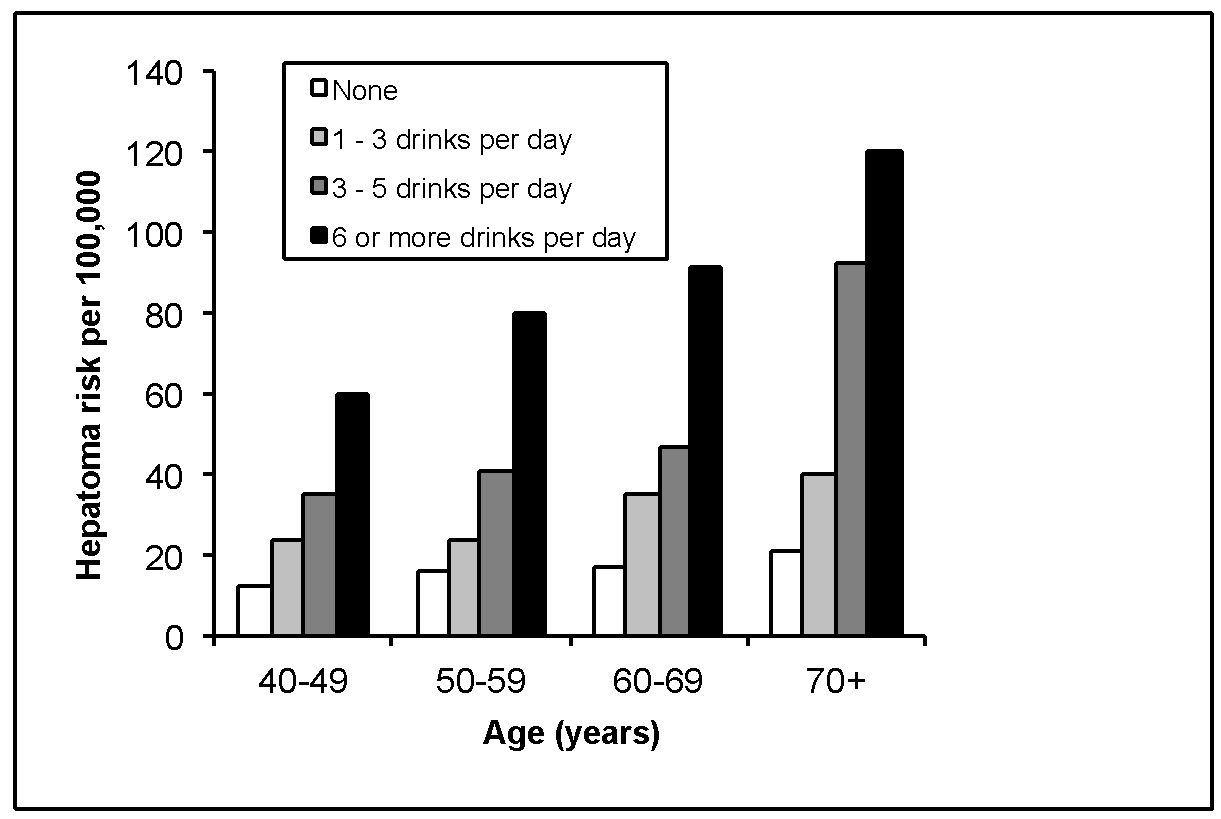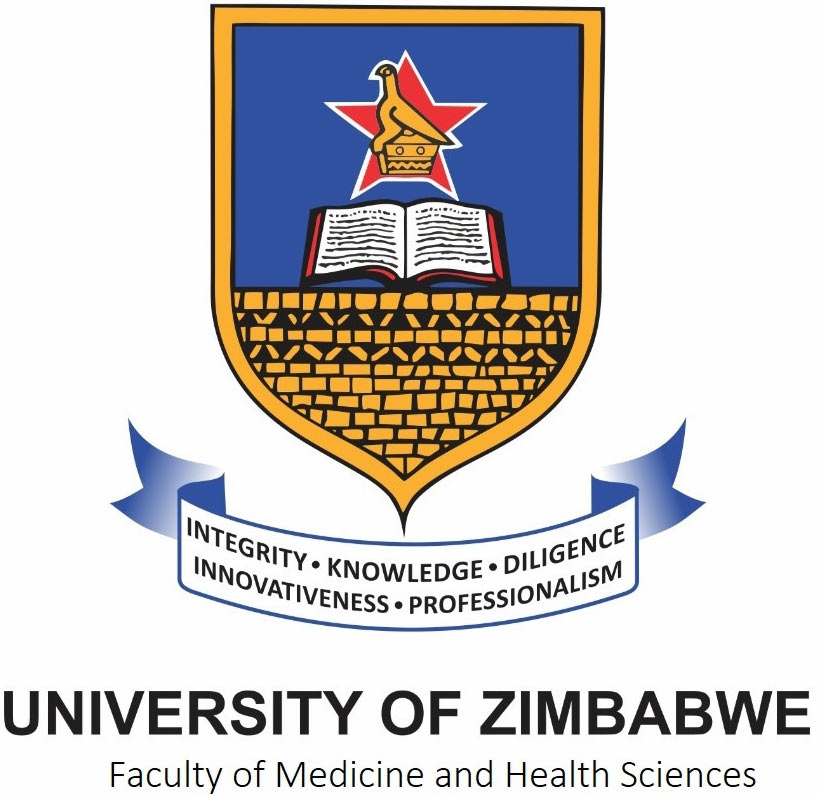Event: Innovation In HIV Prevention Research Workshop, 21-22 August 2019
ORAL PRESENTATION GUIDELINES
Presentation Length
Oral presenters will be allocated 10 minutes for their presentation and 5 minutes for questions and answers with the audience. If the presentation exceeds 10 minutes, the moderator will interrupt, and the Q/A period will be shortened.
Slides
Our experience indicates that up to 10 slides is optimal, allowing 1 minute per slide. You may choose to use more than 10 slides, but please be sure to complete your presentation within the allocated 10 minutes. The content slides should give an overview of the research with conclusions and future research direction. Also, please consider the following when drafting the final version of your presentation:
- As the conference is focused on Prevention and Treatment of adolescent and young women, if your data set is broader, please try and include subset analysis to compare and contrast adolescents with older populations.
- Also, as abstracts were submitted for consideration at the beginning of the year, if updated information is available, please include the most up to date data in your final presentation.
Slide Format
Only MS PowerPoint format will be supported. Please ensure that all presentations are in this supported format. Please apply widescreen formatting when preparing your slides (aspect ratio 16:9; resolution 1920 x 1080).
Slide Submission
We expect to receive an electronic version of your presentation no later than 16th April. Please send the presentation to conference@uzchs-ctrc.org.
Conflict of Interest Disclosure
A slide that lists all financial relationships with commercial entities (eg, pharmaceutical and diagnostic companies, etc) is needed for each presenter. If a presenter does not have any conflict of interest relationships with commercial entities to disclose, the slide should read:
Dr. [insert presenting author’s name] has no financial or other relationships with commercial entities to disclose.
Samples of wording of financial disclosure slide:
Sample 1: Dr [presenting author’s name] has served as a member of data monitoring committees for Company A [company name]–sponsored clinical trials.
(Relevant conflicts of interest may include but are not limited to: employment/affiliation, grants or funding, consultancies, honoraria and payment, speakers bureaus, expert testimony, royalties, donation of medical equipment, or patents planned, pending or issued.)
POSTER PRESENTATION GUIDELINES
A poster session is a graphic presentation of an author’s research. Authors illustrate their study findings by displaying graphs, photos, diagrams, and a small amount of text on poster boards.
Size
45 inches by 93 inches is the maximum recommended size for the posters. The minimum size recommended is 24 inches by 36 inches so attendees can see the poster at a minimum of 10 feet away. Push pins will be provided for your poster. Landscape (horizontal layout) is the preferred format. If you are using a poster that has already been printed, portrait (vertical orientation) is allowable.
Format and Required Information
POSTER PRESENTATION TEMPLATE: (Power Point Format)
Poster material should be well labeled and legible from a distance of 10 to 15 feet. The title should be the same as the title submitted with the abstract and appear in boldface at the top. For additional text, use standard American Medical Association (AMA) title case. Nouns, pronouns, verbs, and other important words begin with uppercase letters; coordinating conjunctions, articles, and prepositions of 3 letters or fewer should all be in lowercase letters unless they are the first or last words in a title or subtitle. Also, please consider the following when drafting the final version of your presentation:
- As the conference is focused on Prevention and Treatment of adolescent and young women, if your data set is broader, please try and include subset analysis to compare and contrast adolescents with older populations.
- Also, as abstracts were submitted for consideration at the beginning of the year, if updated information is available, please include the most up to date data in your final presentation.
Should you desire more guidance with formatting, etc; here is part of a talk on poster presentations:
Posters almost always contain too much data and too little information
The abstract is not needed.
Put the key material at eye level in large fonts with simple tables and figure(s).
- Introduction and background
- Subjects and methods (2-4 panels)
- Results (3-5 panels)- with explanatory titles and Limitations
- Conclusions and implications
Total of about 10 panels
Poster Fonts and Style:
Title = 85 point
Your name = 56 point
Sub-headers = 36 point
Text = 24 point
Legends, tables = 18 point
Maintain consistent font size for the same type of text (e.g., headings all one font size, core text all one font size)
Use upper and lower case; left-justified
Double space after a period. Like this.
Fonts:
Two per document or presentation
-Serif fonts for text
Garamond, Times New Roman, Book Antiqua, Bookman
-Sans serif for tables, figures, legends, headers
Arial Narrow, Arial, Tahoma, Trebuchet MS, Verdana
Courier lines up vertically
One line is right under another
Pies and 3-D charts can be hard to interpret on a poster. A better option can be:

Abstract Guidelines (CLOSED)
Abstracts should present new research or developing information on HIV adherence interventions, with a focus on the challenges that are unique to key populations, including adolescent and young women.
Abstracts are selected on the basis of their medical and scientific significance, timeliness, quality of data and methodology, adherence to specific format requirements and other criteria described herein.
The Conference Planning Committee and external reviewers will review and score submissions, after which the disposition of each abstract will be sent via email to the presenting author and all coauthors listed on the abstract submission form. An accurate email address for all authors is required for this purpose.
Important Dates
- Deadline for submitting general abstracts:
Abstract Submission
Abstracts must be e-mailed by the deadline to abstracts@uzchs-ctrc.org
You will receive an email confirmation when your abstract has been received.
Abstract Submission Guidelines
Each abstract must include the 7 elements: title, author names with professional affiliations, research question, study population, methods, results and conclusions. Abstracts may also include 1 table or 1 figure. In addition the submitting author must provide the following information whether the abstract has been previously published or presented and if so, where; for the abstract category two words are required, up to 5 are allowed. Please identify a thematic track for your abstract (see Abstract Selection Criteria).
Character Allowances
Section headings (ie, Research Question, Study Population, Methods, Results and Conclusions), are not included in the abstract body character body count.
Character limits are as follows:
- Title: Up to 85 characters, including spaces
- Body: Up to 2500 characters, cumulative, including spaces
- Tables: Suggested maximum size is 8 columns x 12 rows; table characters are not included in the cumulative character count.
Title
Title of Abstract.
Author Names
Each abstract can include up to 10 authors, (including a research team or group, if applicable).
Authors listed on the abstract should conform to the International Committee of Medical Journal Editors (ICMJE) recommendations for authorship:
See: ICMJE Defining the Role of Authors and Contributors
- Substantial contributions to the conception or design of the work; or the acquisition, analysis, or interpretation of data for the work; AND
- Drafting the work or revising it critically for important intellectual content; AND
- Final approval of the version to be published; AND
- Agreement to be accountable for all aspects of the work in ensuring that questions related to the accuracy or integrity of any part of the work are appropriately investigated and resolved
Please indicate institutional affiliations for each author.
Please indicate if the lead/presenting author qualifies as a junior researcher:
- How long has it been since your terminal degree (ie, since award of your PhD)?
- Have you been a Principal Investigator on a major grant (ie, NIH etc.)? Please include the grant name(s) and funding source(s).
Research Question
Briefly and clearly describe the hypothesis of the study. Why was the study conducted?
Study Population
Who was studied: characteristics including age, sex, health conditions studied etc.
Methods
Detail the experimental methods including the study population, study design and the analytic approach employed in the study. What did you do?
Results
Describe the precise findings of the study; promises of results “to be determined” are not acceptable. Describe what you found and include data.
Conclusions
Describe logically sound conclusions and reliable inferences drawn from the study results. Why are the study’s findings important?
Abstract Selection Criteria
Selected work will be grouped according to thematic track to create a cohesive programme, per the following criteria:
- Scientific merit
- Significance
- Relevance to the HIV epidemic in Southern Africa
- Representation of diverse research groups and organizations
- Representation of female researchers
- Representation of junior researchers
- Representation of abstracts that reflect the conference objectives, possibilities for collaborative research, identifying common regional methodological challenges and ethical concerns.
The thematic tracks include: Prevention, Treatment, Adherence, Monitoring, Implementation and Other.
Abstract Review
Each abstract is reviewed and scored independently by 2-3 experts in the particular field. Abstract review will be conducted in a rolling fashion as they are submitted. Therefore, changes to abstracts are not possible after submission.
Notification of Abstract Disposition
After the Planning Committee and external expert reviewers complete their review and score all abstracts submitted for consideration, the author and co-authors will be sent email notification of disposition February 2018.
Common Reasons Abstracts are Not Accepted for Presentation
Due to time constraints, individual feedback why abstracts are not accepted is generally not given. The following are reasons why abstracts are frequently not selected.
- Subject matter is not appropriate for the conference
- Information is not timely enough
- Abstract is duplicate of other submissions
- Format does not follow guidelines
- Submission is poorly written overall
- Background does not summarize the hypothesis
- Methodology is inadequate or insufficient to support conclusions
- Controls are absent or inadequate
- Statistical evaluation is inadequate or absent
- Summary of essential results is inadequate or absent
- Data are not included or offer inadequate/insufficient support for conclusions
- Submission reports clinical trial data from unplanned analysis or incomplete or ongoing studies

